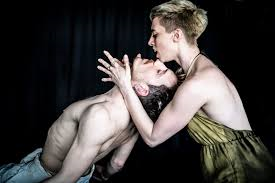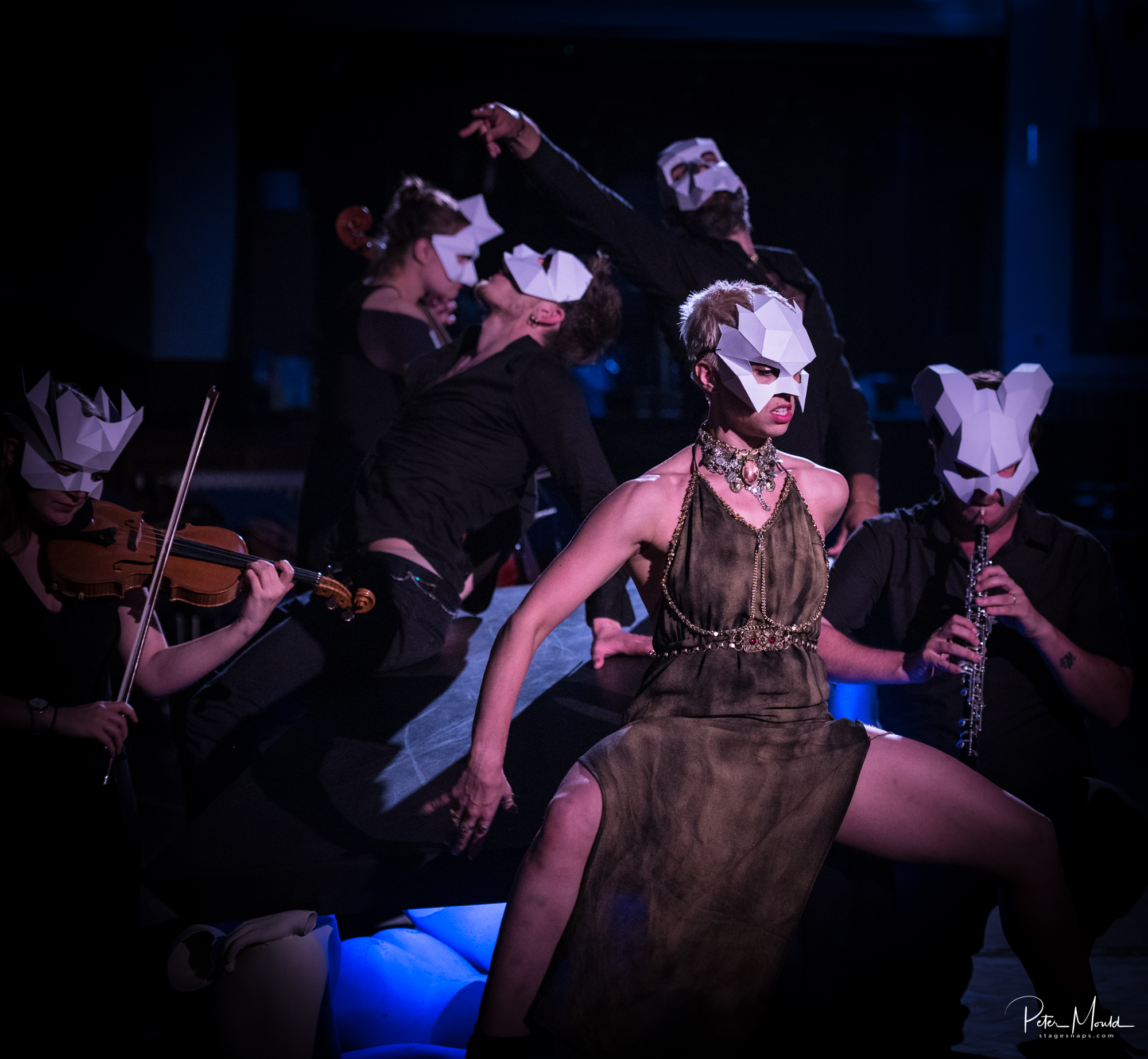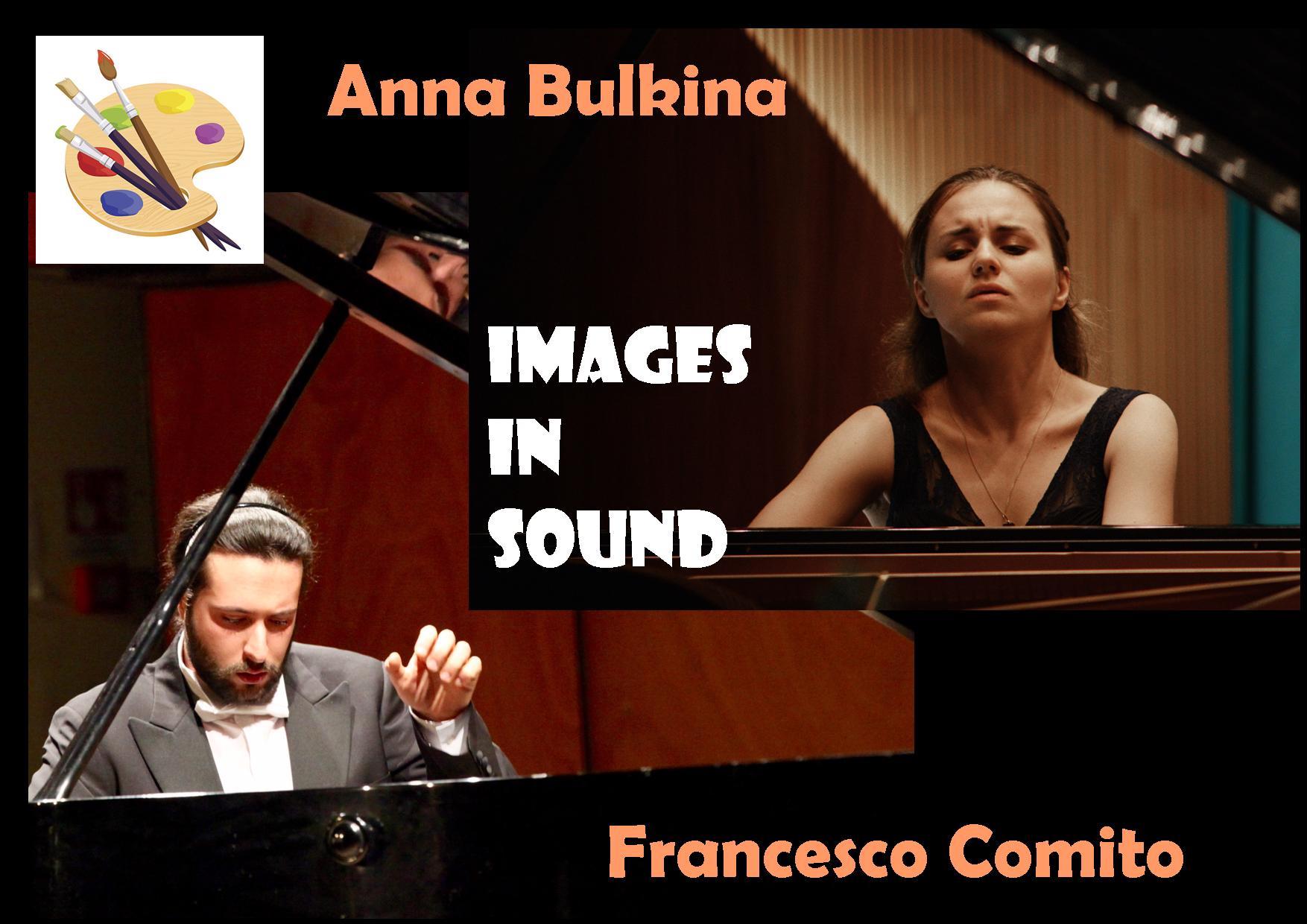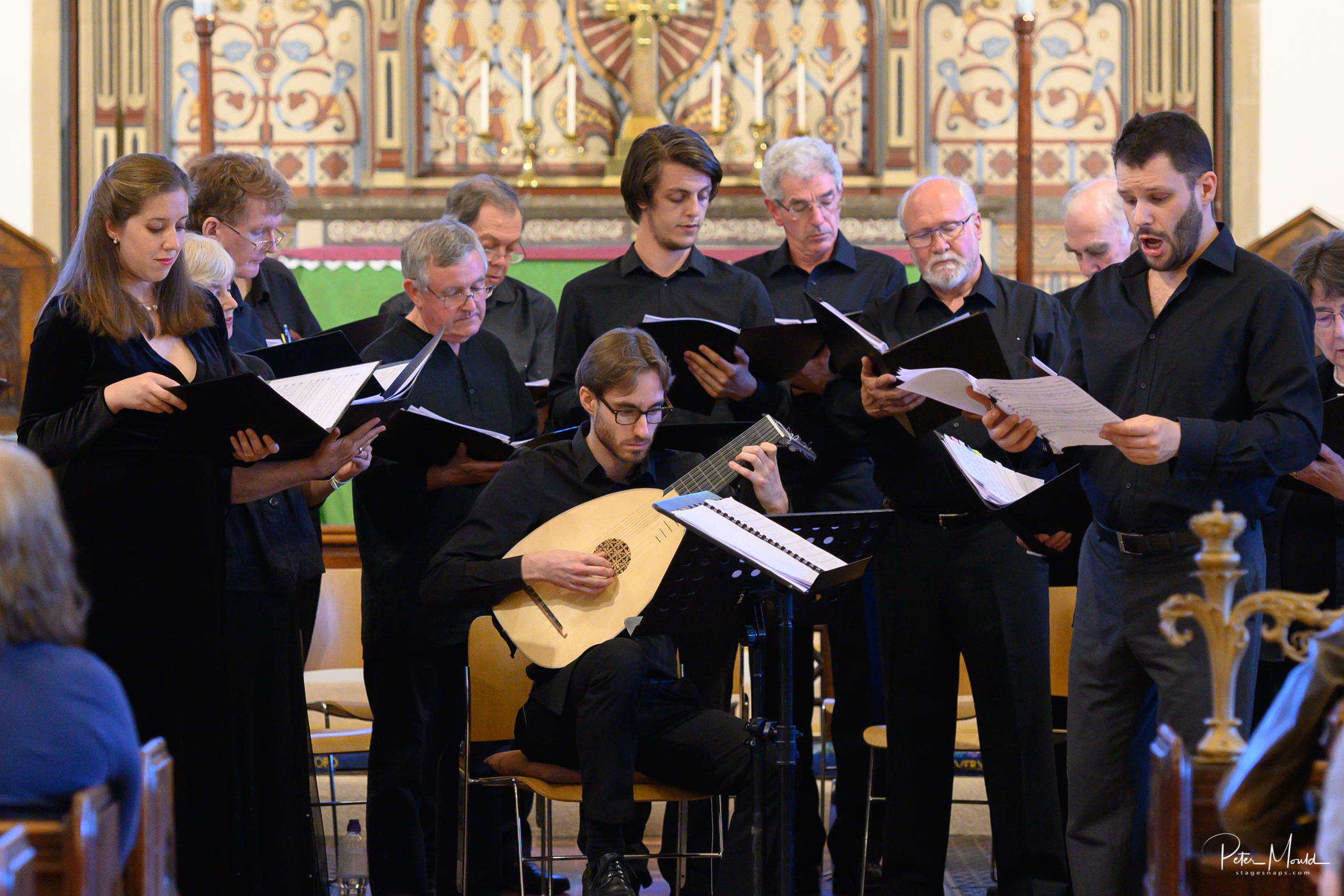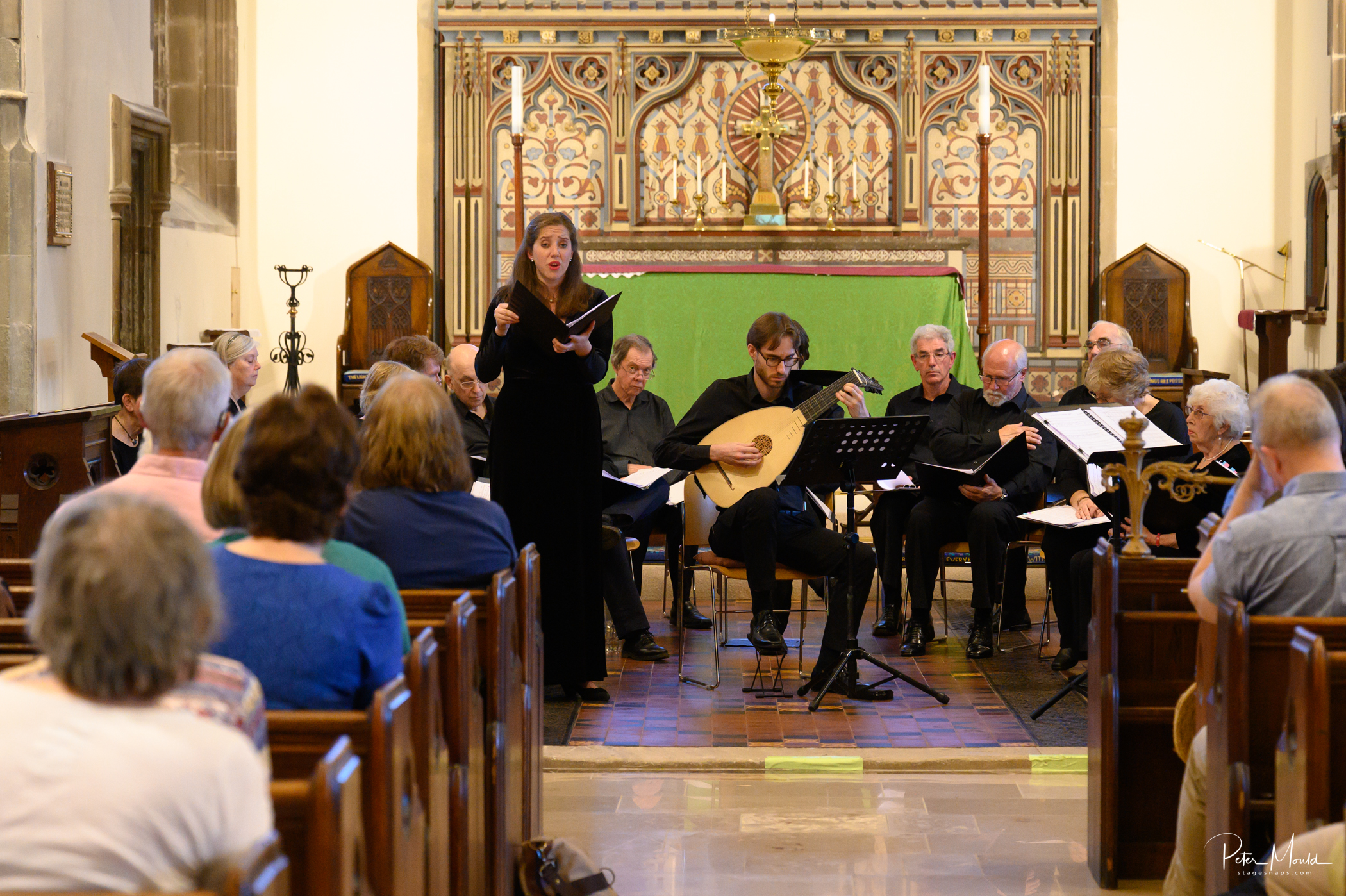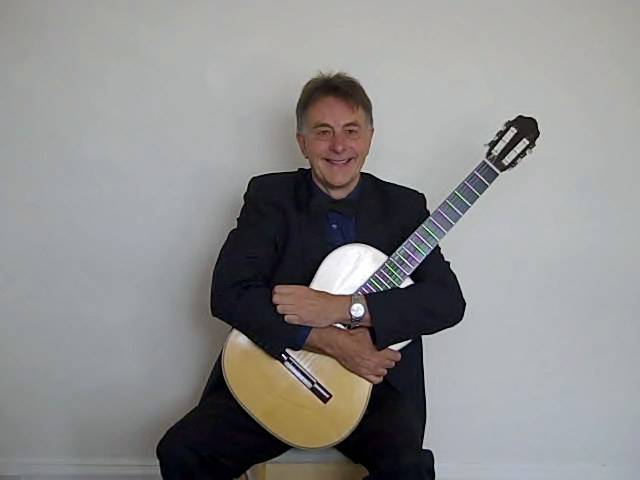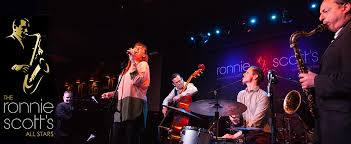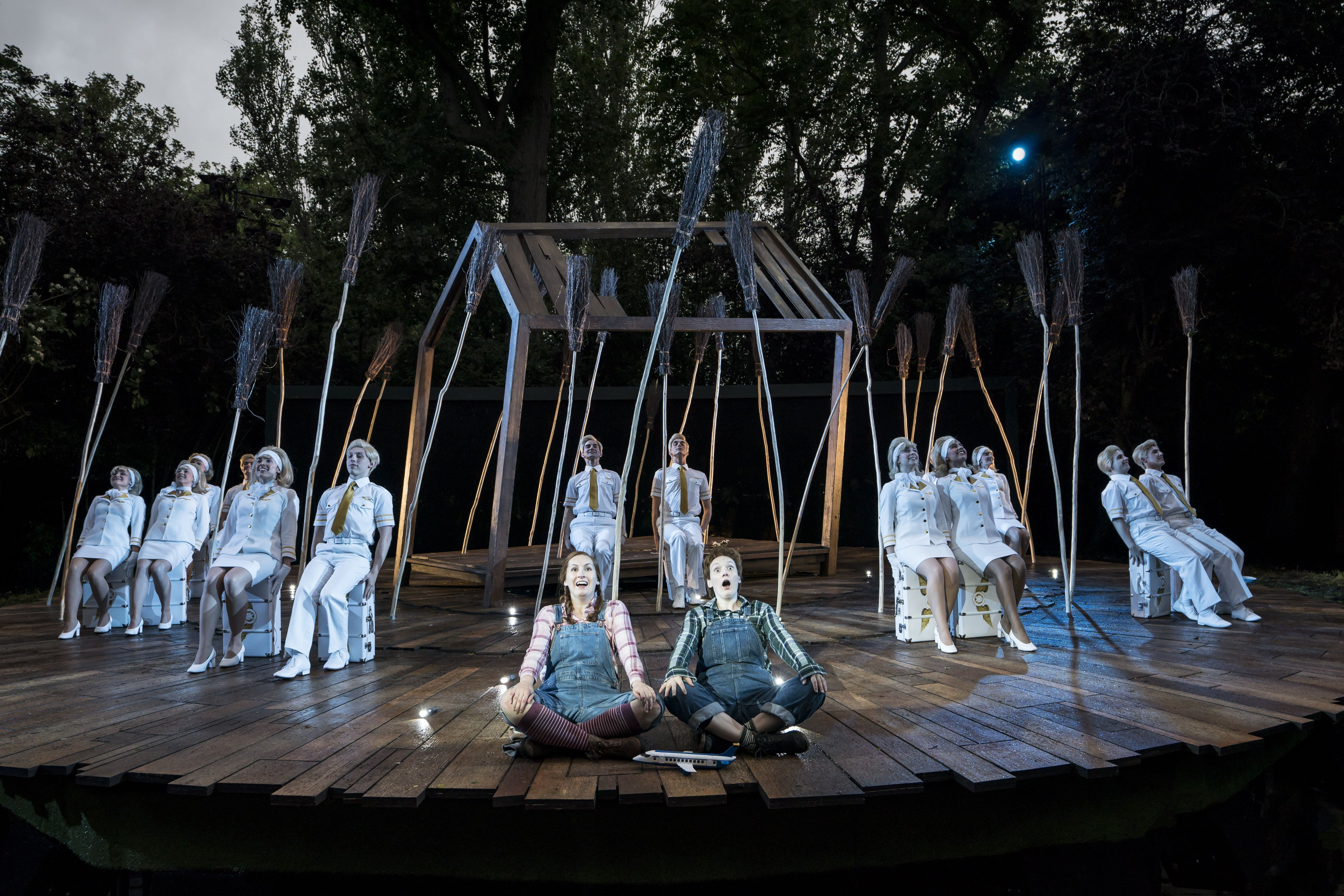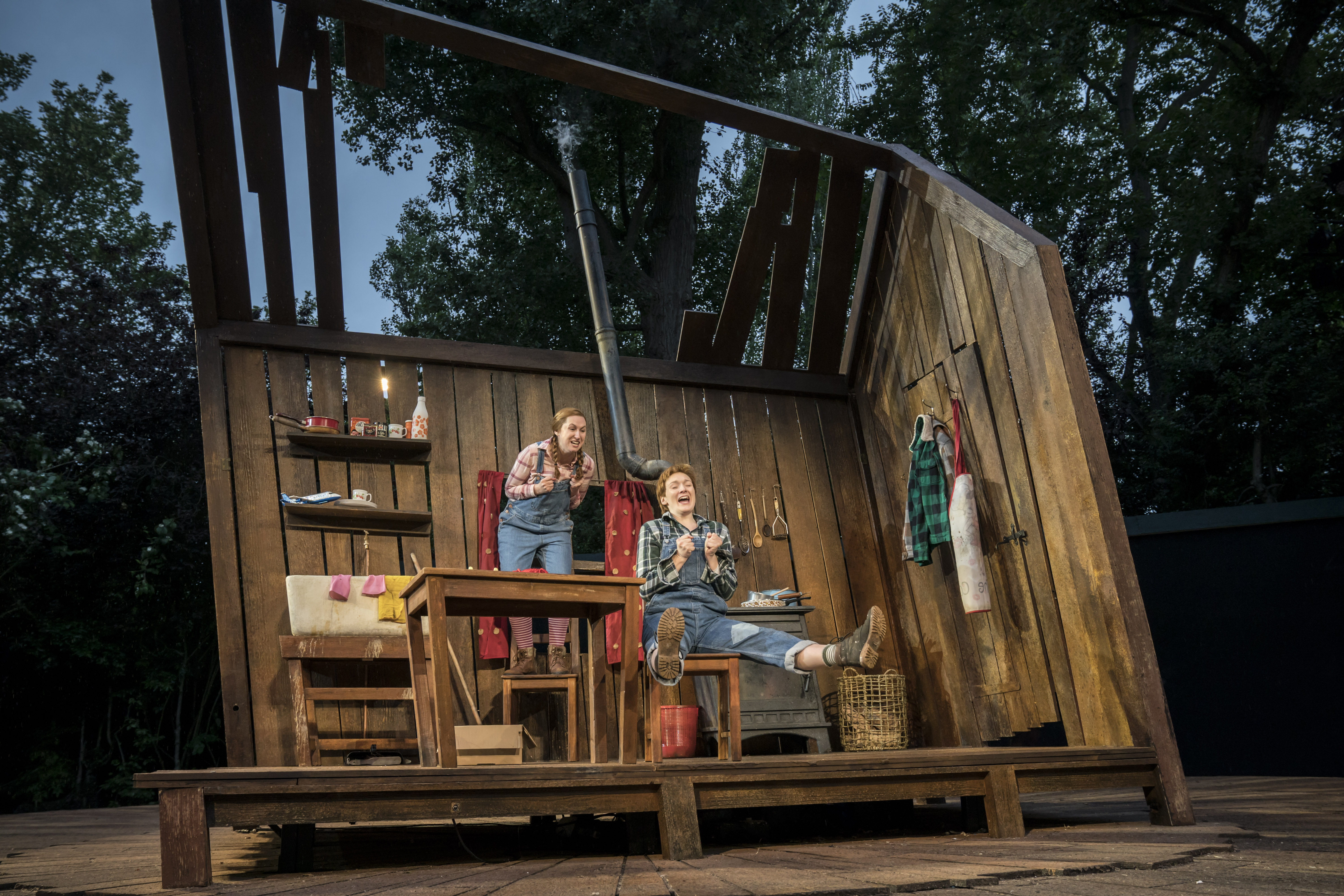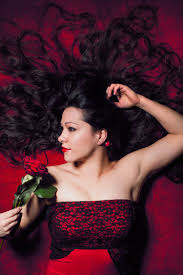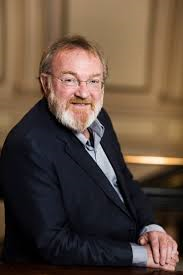St Mary in the Castle, Hastings, 29 June 2019
The brief Biblical account of Salome has given rise to a wealth of artistic endeavours, the most recent of which comes from Edifice Dance Theatre in cooperation with Hastings Philharmonic. This is very much a step into the unexplored for them but, in the event, a compellingly worthwhile undertaking. The performance lasts about an hour and focusses on three highly contrasted individuals, each of whom is precisely characterised. We first meet Carmine De Amicis as Jokanaan (John the Baptist) a tortured individual who seems to be aware of his eventual death from the start as his movements regularly return to his neck and head. His focus is assuredly on the ascetic and removed from human contact. In total contrast Fabio Dolce’s Herod is a sickly smooth operator, as likely to seduce John as he is to try his luck with Salome. In the end his outlandish behaviour destroys both of them.
Harriet Waghorn’s Salome is a complex individual, at first defending herself from Herod’s advances but then allowing them once she knows she can twist him to her own ends.
The most compelling choreography comes in the final scene once John has been murdered by Herod. Salome dances with the dead Baptist in a stunning, if at times off-putting, duo where he is clearly lifeless yet she is able to twist and turn his body to meet her own sensuous needs. It is moving, yet disturbing at the same time.
Phillip O’Meara’s score is constantly apt to the narrative. Much of it is pre-recorded but moves in and out of the stage area, drawing in the three live musicians with consummate ease. The use of gentle pastiche for Herod and the nudging use of the Dance of the Seven Veils from Strauss’ opera is particularly telling. When Salome hears John from the cistern we hear a slow, deep male voice intoning – though the words are indistinct. For the party scene the musicians are required not only to play but to dance along with the soloists.
This is a work which grew on me as it progressed. If it took a little time to get into its stride, once it had done so it was genuinely gripping.
As it was well supported let us hope we will in future see more of the same.

